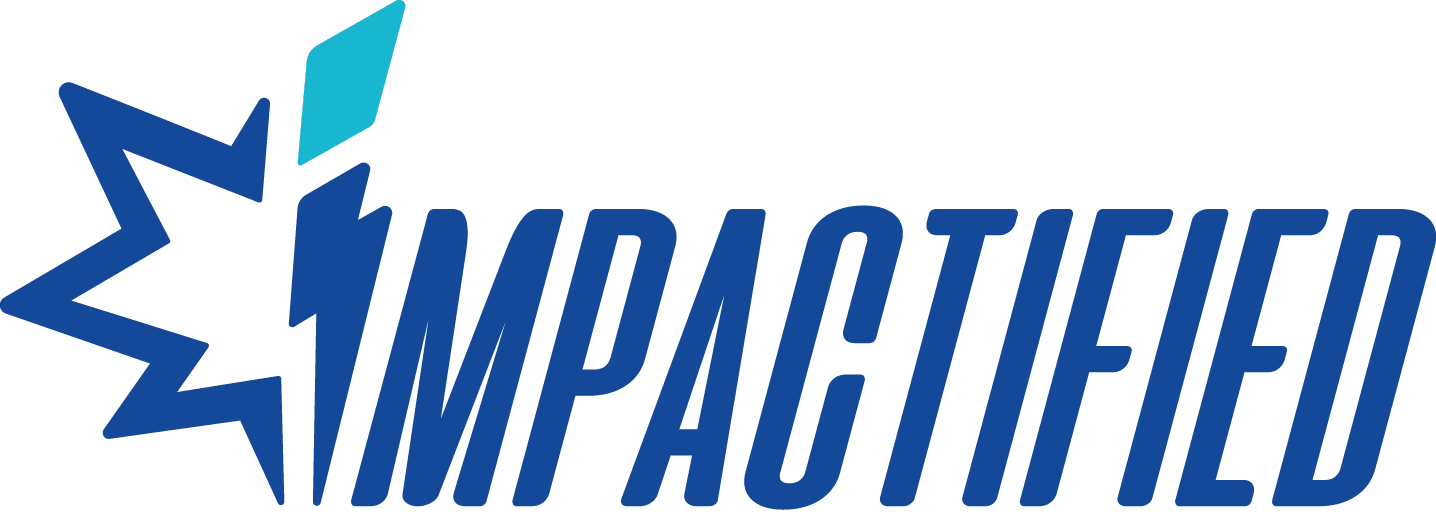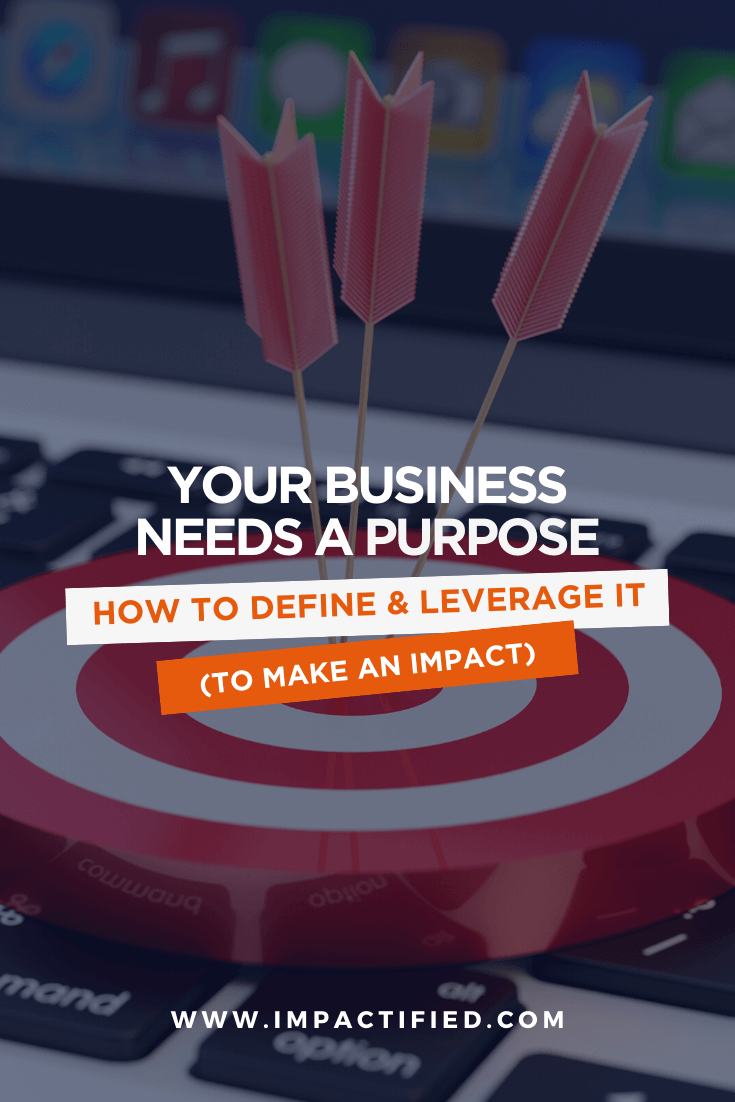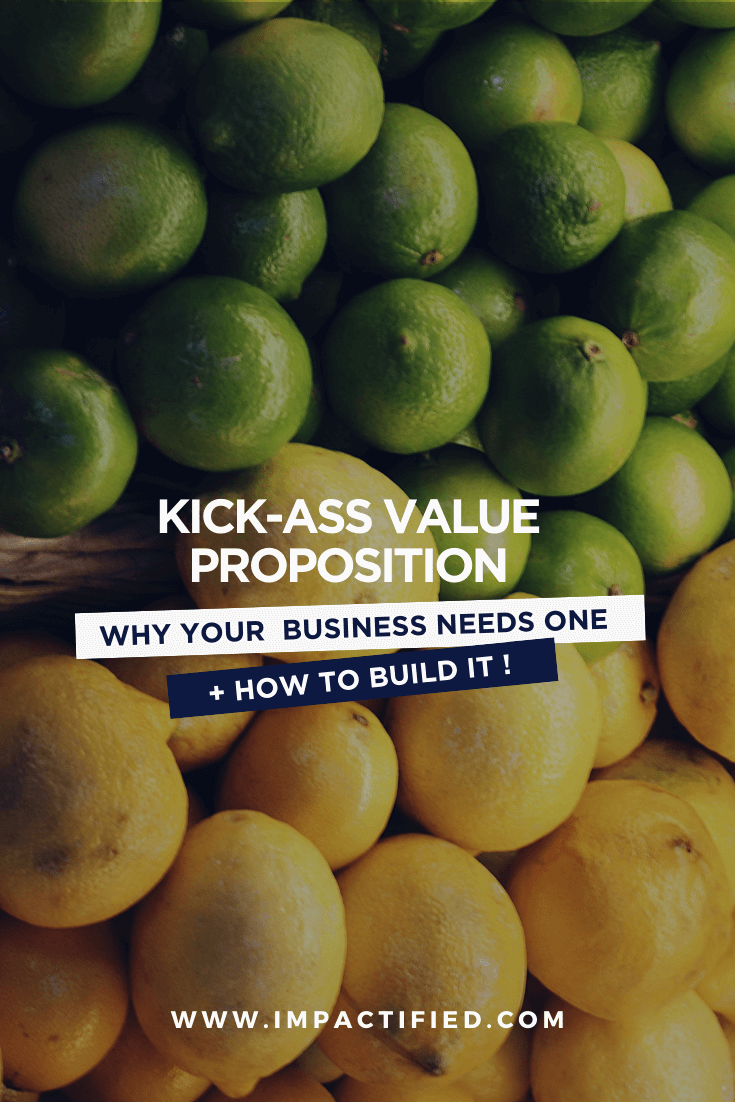TL;DR:
What if there was a way to crack the funding out there?
Let’s face it! Startup funding is a difficult topic and, as a general rule, the questions faced by Founders in need of cash are numerous.
Who do you need to talk to? What can you expect from investors and what should you seek to obtain from them? How do you need to talk to them? What do they need to hear, actually? Oh, but do you need a business plan? How do you prepare a compelling pitch?
Because that’s not tough enough, the answers are usually difficult to obtain, and many Founders end up being clueless, lacking information and know-how. Especially when they aren’t particularly connected, and when they don’t really have insights into the market…
‘Crack the Funding Code – How Investors Think and What They Need to Hear to Fund Your Startup‘ is one of those business books which have the power to change a life (or two).
Judy Robinett has once again produced a challenging, instructive, and must-read book here, and there is little doubt that it will provide some serious answers to whoever is in the process of raising funds. If you are, search no more, July Robinett’s book is probably one of the few you really need to read.
——————-
Food for Thought: Crack the Funding Code – Judy Robinett.
An interesting aspect of writing about business is that it gives you some great excuses and opportunities to get in touch with great authors. This is precisely what happened with Judy Robinett and her book Crack the Funding Code – How Investors Think and What They Need to Hear to Fund Your Startup.
I was checking an old email account of mine a couple of months ago when I found an email from Judy in the middle of hundreds of spam. Normally, chances are that I wouldn’t have looked. But Judy never flooded my emails with junk newsletters in the past, so I opened it.
As it turns out, I had read her previous book How to Be a Power Connector a couple of years ago, and I’d found it a great read at the time. So, I wondered whether there might be some interesting news on her side.
That email was about introducing her new book, and since the email got lost on the way I was obviously late to give the early edition a look. So I replied to the email. A few days later, Judy and her publishing team got back to me and a few weeks later the book arrived in my mail (thanks, guys).
The book looked great but, beyond the cover, it looked particularly sharp and spot-on. I spend a lot of time with entrepreneurs and creative minds, so reading a book that focuses not on the business development side but rather on the funding aspect was a great change.
Massively Insightful.
In a nutshell (before I get into the details), here is my overall feeling.
One, Crack the Funding Code is well written, it reads very easily, and I got hooked immediately. This was already the case with her previous book so I wasn’t taking much of a risk, but this is still worth emphasizing.
Two, the book gives you a very different perspective on how business works. The perspective here is not you and it is not your business either. The perspective is the investors that you will need to focus on if you want to move on. And that’s a whole new story.
Three, the book is a massively useful guideline for those who run a business that will at some point need to get funded (you, basically).
Judy Robinett explains how things work from the fundraising side of things, but she also gives a step-by-step-how-to-do-stuff-process which in the real world is worth a lot of money. Just saying…
Fourth (last but definitely not least), the author has one of those CVs you probably wish you had, and her book has the merit of bringing in expert contributions from seasoned experts (consultants, financiers, lawyers, and all that) who help to make the message sharper and sharper as you go along with the book.
Simply said? Well, if you have a business to develop, this book is one of the sources you should read. Plain and simple. Chances are that you’ll miss something important if you don’t, but now that you have been warned the next step is up to you.
Brief book review (for starters).
At first sight, the book is about helping entrepreneurs understand how to get access to funding for their business. Yet, in reality, that description isn’t sufficient. At all.
For starters, Crack the Funding Code doesn’t focus on funding ‘any’ type of entrepreneur. Its main audience would be startup founders in particular, which would typically be you if your potential funding source was someone in the real of angel investors and Venture Capitalists.
Next, the book doesn’t just tell you where the money is or suggest how you can get access to it. Judy Robinett pushes you deep into the discussion and makes everything in her power to make you realize that there won’t be any money for you out there unless you operate a profound mindset shift.
When it comes to fundraising, the key element is that you must learn to discuss your business as if it was a product capable of generating a promising and reliable return on investment (ROI) for whoever is putting money into it. And that requires that you start thinking very differently.
Of course, the book could be written in generic and generalist terms, but it is not. On the opposite, the book will tell you which steps you need to consider next, and how you should get prepared when the time to act has come.
Or, said differently, that book contains everything you need to know in order to start your funding journey with (some degree of) peace of mind.
Funding is about people.
There are many ideas worth remembering in here, but in my opinion (thank you for asking, by the way) the main one is that startup funding is primarily a matter of people.
Of course, money kicks in at every stage of the process and there is no doubt that everyone around the table is here to make money, sooner or later. But there is more.
Why? Because what conditions your access to someone else’s money is trust. And trust is a matter of people.
On the one hand, startup fundraising is all about people because you, as the business founder, need to convince them. Someone has some money that you need, and they need you to convince them that you are worth the effort.
These guys want to know that you have an idea worth supporting. They want to know that you will be there to rock the boat. And they want to know that you will be the right guy to preserve and multiply their investment in … You.
On the other hand, you are also the captain of your own boat, which means that you need to make sure that your investment journey leads to a satisfactory outcome. As it turns out, that outcome has to be more than money. It has to be human and trust-powered.
Ultimately, what you want is not someone who aims at turning you into their employee, right? No. What you want is a business partner who sees potential in what you do. Someone who is willing to support your work with a variety of means, including financial ones but not only.
Funding is about convincing.
The above means one important thing: you need to be able to convince investors that your project is worth their money, time, and effort. And, to do that, you need to start walking a mile in their shoes. It’s as simple complicated as that.
Investors are not going to fund your project because you ask politely. They will fund a project – whether it’s yours or not doesn’t matter at this stage – which matches their criteria and suggests that the fund-seeker is aware of their own reality.
The key element, therefore, is your ability to treat your potential investors as a new form of client who doesn’t care about buying your product, but who might agree to pay to fund its development. And that requires quite a mindset shift. Wondering how to get there? Keep reading for more.
The comprehensive book review.
Crack the Funding Code explores the startup funding topic through four main themes. First, Judy Robinett explains what the Code is about. Second, she elaborates on the importance of finding the right investors. Third, she goes into the details and clarifies what investors expect and need. Fourth, she discusses the end of the funding process, i.e. the art of closing deals
Let’s dig in!
The book in bullet points
Judy Robinett asks a variety of questions, including:
- What is the Funding Code?
- Who are investors and what do they expect when investing in businesses?
- How to think like an investor?
- What are the big mistakes and how can they be avoided?
- Are Business plans important, and how to prepare them correctly?
- How do you turn potential investors into actual business partners?
Theme #1: understanding what the Funding Code is about.
The starting point when talking about Judy Robinett’s funding code is to understand why there is a need to talk about a Code in the first place. The answer to that question comes very early in the book and, as it turns out, it is at the core of the very job of investors.
Simply put, startup investors such as business angels and Venture Capitalists evolve in a rather complex world in which, on average, one in ten projects ends up generating a profit.
What that means is very straightforward: because nine in ten projects will fail, investors are extremely demanding when it comes to selecting projects. One, projects are expected to bring a very significant return on investment. Two, and as a result, only a fraction of startups get access to the funding they need. At the end of the day, in fact, the numbers suggest that ten in a thousand and a half projects are funded.
>> Read also: Zero to One Summary – Smart Takes on Building Startups by Peter Thiel.
There is a problem, however: startup Founders are widely ignorant of that reality and thus tend to follow the wrong approach to getting funding.
First, entrepreneurs tend to approach investors with the idea of convincing them to pay for an idea when they should in reality focus on what the investors want.
Second, and in a related manner, their idea of what constitutes a good pitch is therefore biased and can end up being very counterproductive.
Third, not being aware of what investors need is also the best way to approach them at the wrong moment, i.e. when the startup actually needs the money. And that sends a rather bad message as far as your anticipation skills are concerned.
Getting the right mindset.
In essence, Judy Robinett’s book therefore turns around a key idea, i.e. that getting funded is a game which needs to be played by the rules.
Funding is a process and getting access to it is all about matching a set of expectations.
The process idea is interesting here because it is applicable to every business, startup or not. If you think about it, money is at the heart of things as soon as you need to pay people to do stuff, and that means that you need to think very carefully about your finances.
To illustrate this, Judy Robinett uses the example of Christopher Columbus – which made me smile because I use it a lot when it comes to talking about Impact with people. The story is easy to understand and it goes like this: Columbus didn’t discover the Americas by mistake but because he had a strategy in place to travel the world, but the reason why he made his strategy a reality was that he successfully pitched it to Queen Isabella of Spain at the time.
There are two stories in one here. One, you can’t make an Impact without being strategic (my message). Two, you can’t get funds without a proper pitch (Judy’s message).
Complexity issue.
The complexity, therefore, is to figure out how to convince funders that your project – as crazy as it is – is worth funding.
While there is a lot of money out there (Robinett talks about “a golden age of fundraising”), the issue is that most entrepreneurs and founders have no idea about how funding actually works.
They lack the network, they lack the expertise, and they lack the information. Can they tell what money is available and under which conditions? No, they can’t.
What can they do about it, then? Difficult question.
Mentoring isn’t always accessible, for starters. And when it is, inexperienced Founders often decide to focus on their daily routine instead of shifting their priorities.
Long things shorts: it’s complicated.
A Funding Code for “High Potential Startups”.
So, Judy Robinett comes up with a key insight: Founders should approach fundraising by wondering whether they are “high potential startups”.
The concept is very interesting because it summarizes the previously-mentioned idea that business funding should be considered as a process. The positive aspect of that is huge: process means ability to tick boxes.
Box one: you need to demonstrate that you care about the investors’ expectations and that you understand their issues. You know their interests and niche, and you have a reliable team on your end. You also have a robust and realistic business plan, not to forget a compelling pitch. In sum? You have done your homework.
Box two: you need to have an exit strategy in mind. Said. Differently? Why would an investor make money if you don’t plan on making some too?
Again, what that means is very simple. Whilst most entrepreneurs would focus on selling the idea that their product is great, investors rather need to be convinced that the business is great, that the project will be profitable and that the team can manage.
The product isn’t the one you normally sell to your clients. The product is your business, and it includes you.
You? Them!
As far as you are concerned, the questions are multiple and essential.
Can you be trusted? Are you capable of making a strong impression? Will you be easy to get along with? Are you persistent? Do you seem confident in your abilities? Can you take advice and go along with mentoring?
These questions are highly impacting for your business! When the answers are positive, your interlocutors will see you as a potential partner. When negative, however, the idea will be that something is wrong, and that won’t help.
The point is, while things will be about you a lot, ultimately the process (and your approach to the Funding Code) should be about them, them, and them again.
Theme #2: The right investors.
Crack the Funding Code also insists on the idea that looking for investors shouldn’t lead you to sign a deal with any investor. Even though the process is a matter of cracking their code, you still need one that matches your need and your expectations.
The point is very serious because while “investors are constantly looking for places to put their money”, as Robinett writes, you can only operate a limited number of rounds, hence your ability to choose correctly is crucial to the survival of your business.
Who?
Judy Robinett gives excellent advice here. She explains the various types of investor profiles out there, but she also elaborates on the pros and cons of each one of them. From family and friends to family offices, angels and VCs, she gives you a very comprehensive and fun-to-read big picture.
Know your numbers.
The ‘how’ question is obviously very relevant too, so the book also gives you a road map to help you get through the process convincingly.
First, know your numbers. How much do you burn to run your business? How much do you need to keep it going? What do you need to get to the next stage? Do you make any cash yet? Do you have a recurring model, by any chance?
Knowing your numbers also requires having a clear picture of what your business is like. What is your corporate structure? Who owns it? Who owns the debt? Who owns the future profit?
Judy Robinett goes deep into the details here and explains everything you need to know, from financial stuff to the various types of shares available out there. The detail, as a matter of fact, goes as far as teaching you how to build a Capitalization Table – which will then help you figure out how to manage share and dilution issues.
Set your goals.
The ‘goals element’ flows from the previous one. Your investors will want to know what you plan on doing with their cash. How will you burn it? For what purpose? With what results in mind?
Related to these issues is a key question: to what extent do your demands make sense? Here again, Judy Robinett helps you figure out how to proceed, just have a look and see for yourself.
Valuation talks and funding roadmap.
Knowing about your numbers and having clear, sound and plausible goals is important because it will also help with the valuation of your business – which eventually will help convince investors of your worth, while helping with planning how shares will be structured.
The issue of building a funding roadmap is also explored, with various strategies and possibilities being discussed depending on the funding stage you are at – pre-revenue, early stage, Series A, so forth, and so on…
The networking challenge.
The last big idea in line is of networking. I mentioned earlier that Judy Robinett wrote a great book on networking a few years ago, so there was no way to avoid the topic here.
A very interesting insight here is that being introduced is a major aspect of the funding game. Not being introduced, by contrast, equals to cold-calling, to say things abruptly, and nobody like cold calls. As a result, investing in your networking is very important, and the book gives hints as to how to do just that. Again, though, those of you interested in the topic of networking should really read The Power of Connectors.
Theme #3: What investors look for.
Beyond numbers and goals, investors expect you to demonstrate a variety of things. Think teams, business plans and pitches here.
Teams that work.
I wrote earlier that an investor would look at whether you, as the Founder, would be a match for them. In a related way, the team which has been assembled around your project will also be highly relevant to investors and scrutinized.
Judy Robinett provides a very holistic approach to the teams topic in Crack the Funding Code. Obviously, she explains what the role of the Founders should be (as visionaries). But she also discusses the various ways available to Founders to build and incentivize strong teams that people will want to invest in.
The sensitive issue of hiring the best team members when that becomes necessary is also discussed. So is the importance of dealing with advisers, and the role of leadership.
Ultimately, nonetheless, Judy Robinett’s point is that investors will want a strong team over a great product because the latter can always be improved while the former can’t really be touched. So the point needs to be considered sooner than later.
Preparing business plans that make sense.
Business plans are an interesting topic that is often quite polemical. In many articles you can find out there on the web, the message is often to say that having a business plan is pointless because these change all the time so focusing on the business is more important.
Crack the Funding Code does not share that approach, however. For Judy Robinett, a business plan “is a road to market that charts a clear path to profitability”.
Robinett provides interesting numbers here. For instance, business planning is so important that on average it increases growth by 33 percent.
More important, though, is probably the idea that having a business plan means that you have spent time digging deep and that you therefore have an in-depth knowledge of your business’ operationability.
When potential investors begin to ask the serious questions, in other words, those with a strong business plan have a chance to rise and shine because they know where they are going and how they are going to get there. But those who don’t can’t.
How many pages? What structure? What topics should be included? Which ones can’t be forgotten? What are the big mistakes to avoid? What should the document look like? How to create a pitch deck and for what purpose? The challenge becomes to format your business plan so it conveys your message.
The pitch part of the discussion.
Having a business plan is the preliminary bit, however, but ultimately you then need to present it and defend your project. Doing that typically requires a pitch, and preferably that pitch ought to be very compelling. As a reminder, Venture Capitalists would typically fund ten projects on a thousand, remember?
As usual, Judy Robinett goes into the details and provides pragmatic advice that can change the life of your project. She insists, for instance, on the type of message which ought to be delivered as part of a pitch, and explains how you should make that happen. What to say, what to not say. What to keep for later, and what to emphasize overall.
She insists, also, on the fact that hours of preparation are necessary prior to delivering a good pitch. In truth, I was glad to read that. Why? Because this is something I keep telling people, and this is something they keep ignoring. The result is always the same, however, a pitch which hasn’t been prepared is a pitch that people want to forget about.
Part of the discussion also focuses on what one should expect from the pitch exercise (hint: the point is not to get the investor’s money). This overall leads a to a very practical guide as to what your pitch should look like if you are serious about getting some cash for your business, from the storytelling aspect (let me tell you a story) to the actual design of the slides.
Theme #4: Closing deals.
The fourth big theme in Crack the Funding Code relates to the art of closing deals. That part of the book is very much aligned with the rest of the book, except that it focuses on the “then what” aspect of the funding business.
Part of the discussion is written by a lawyer specialized in deal closing procedures, so the phrasing becomes rather technical. But, to be honest, I wouldn’t have expected less considering the high level of detail of the book.
The advice provided there is also very much related to common sense, but in most cases, common sense is something that Founders lack when it comes to signing an investment deal with someone who owns the money they (desperately) need. So that’s good.
I am a lawyer by training so I usually have a good idea of what a contract means, but I’m also well aware that this is not everyone’s case. In fact, I’ve read drafts that some friends were about to sign without involving a lawyer, and I can tell that these were never in their interest… At least the book does a great job of setting some boundaries. Just saying!
Crack the Funding Code: The main conclusions
Judy Robinett comes to the following conclusions.
- Investors don’t invest because you ask or because you have a good idea worth exploring. They invest because they believe that a project will generate a return on investment and because they trust your ability to make it happen.
- The best way to think like an investor is to think in terms of risk mitigation. Figure out what makes your project risky and demonstrate that you have a plan to overcome those difficulties.
- Accordingly, the biggest mistake that Founders make is to forget to consider investors as a form of client. They try to sell an idea when they should present their business as an opportunity to generate a profit with limited and calculated risk.
- Business plans are very important because they prepare the Founders and help with anticipating all the operational aspects (and issues) of the project. They also provide a major way to communicate on your project, whilst showing that you are mitigating risks for the investor.
- Overall, the most efficient way to turn potential investors into actual business partners is to walk a mile (or two) in their shoes and to make them see you as a valuable and trustworthy person with whom they will want to take some risks in order to generate a profit down the road.
Food for thought.
As always, please let me finish this book review with a couple of food for thought paragraphs. You’ve probably noticed, but I had a great time reading Judy Robinett’s book. Not only was Crack the Funding Code interesting to read, but the book is also an obvious step-by-step guide that every startup Founder should read at least once.
The book isn’t one of those books which talk about ways to run a business without actually doing work. It is a recipe for those interested in finding out about what needs to be done to get things done for real.
Eye-opening, but with common-sense.
In many cases, my opinion is that the author’s message will be eye-opening and extremely valuable to most people.
There are things that you know, and there are things that you don’t know. And often the best way to move on is to decide to learn about what you don’t know. I have no doubt that this book will teach you those things that you don’t know, but I am also certain that it will insist on some of the common sense issues which you have already forgotten.
From capitalization tables, valuation discussions and corporate share planification to team-management and other complex stuff, Judy Robinett covers a wide quantity of issues and provides startup founders with something they lack: expertise and information.
If you are running a business and looking for funding to keep it going, you will need that book sooner or later. Just make sure you get your hands on it sooner than later, or you will probably regret it. Again, just saying…
Looking for a push to get your business plan ready?
At Impactified, we’ve built free resources on how to write a business plan, and we’ve come up with the most efficient course out there to get your business plan ready in no time. If you’re having a difficult time getting yours operational and wonder how this could change your life, we’ve made this short intro video just for you. Give it a look!







